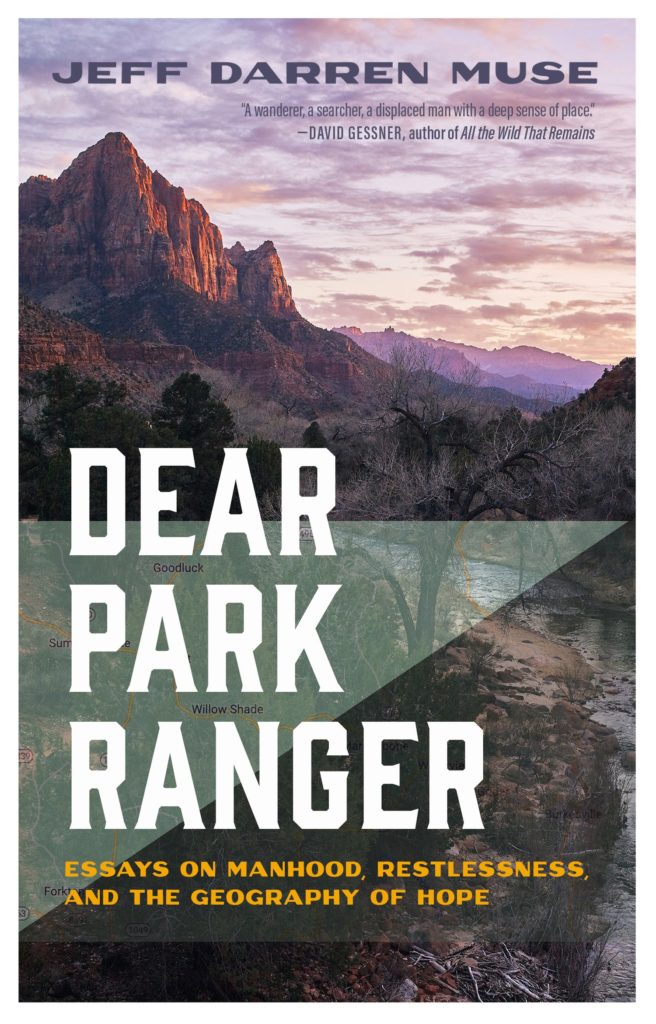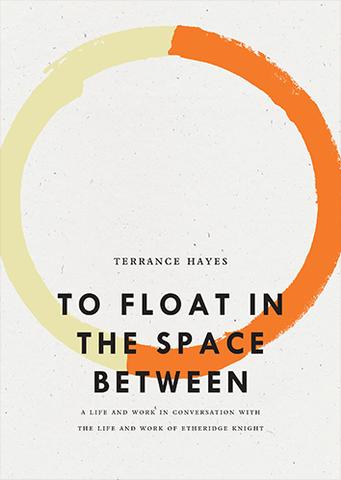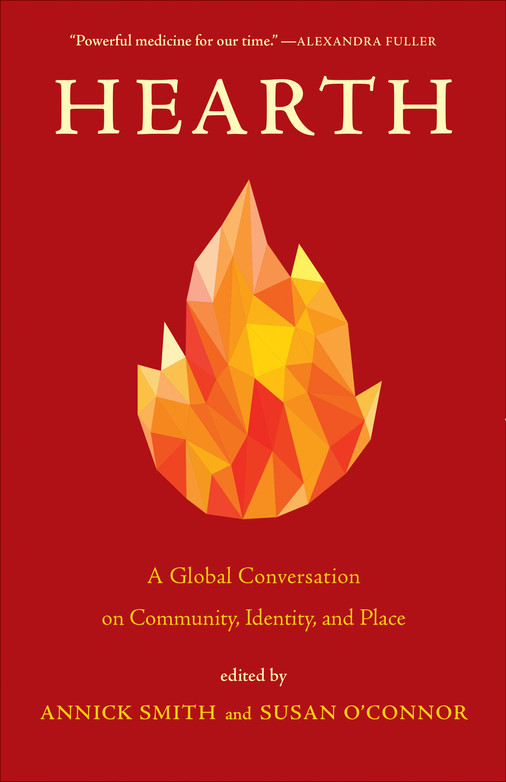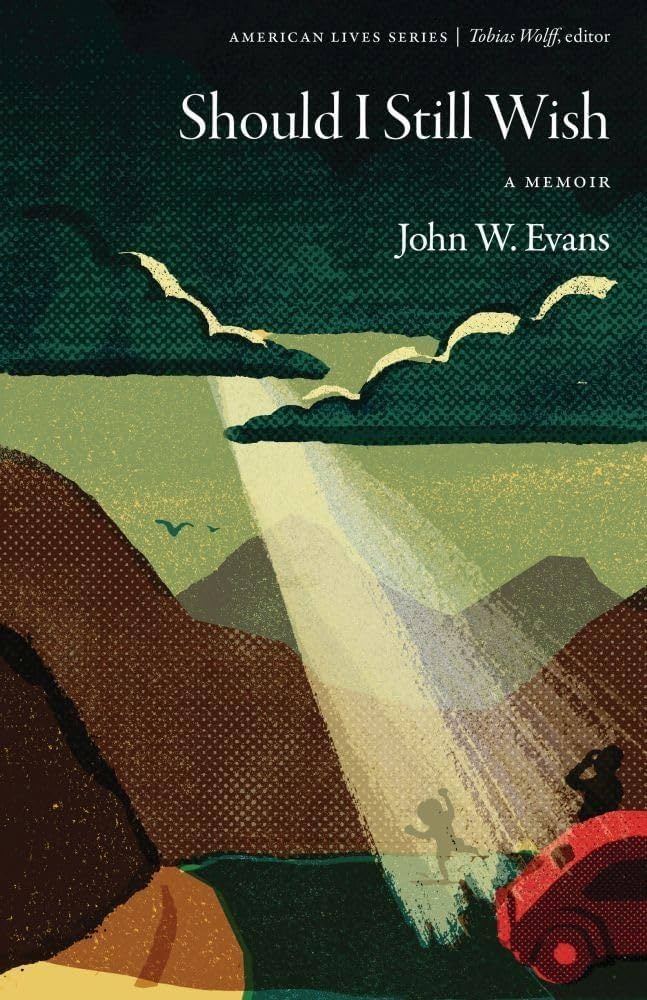By Robert Root
Lab Girl by Hope Jahren
Rising: Dispatches from the New American Shore by Elizabeth Rush
I think when we lose the connection with the natural world, we tend to forget that we’re animals, that we need the Earth. And that can be devastating.
— Mary Oliver
Most days my wife and I read a book aloud at dinnertime and we each read a book silently at bedtime. Sometimes one book reverberates with the other, cumulatively expanding our consciousness. That happened when we read Hope Jahren’s Lab Girl together and I read Elizabeth Rush’s Rising over the same period. Lab Girl won the 2016 National Book Critics Circle Award for Autobiography and the American Association for the Advancement of Science Prize for Excellence in Science; Rising was a finalist for the 2018 Pulitzer Prize in General Nonfiction and winner of the National Outdoor Book Award. The distinctiveness of these awards suggests something about the range each book encompasses.
Early in Rising, looking for signs of risen waters in Louisiana, Elizabeth Rush walks a narrow, single-lane road out to the Isle de Jean Charles, on “the highest and most stubborn spine of land.” What remains of the island is “two miles long and a quarter mile wide. Less than half a century ago, the island was ten times larger.” I’m reminded of two maps in Elizabeth Kolbert’s New Yorker article about Louisiana’s “shrinking coast,” one a typical depiction of the parishes along the Gulf of Mexico, the other showing only solid land where rising waters have changed slim peninsulas into archipelagos of tiny, unpopulated islands.
Inevitably, the second map, on which Isle de Jean Charles has no land link to Louisiana, will become the more accurate one. Rush tells us, “Over the past forty years nearly 90 percent of the islanders have moved inland.” On her visit she sees some houses raised onto stilts by determinedly optimistic owners and many more squatting on the ground, abandoned and decaying.
Throughout “Dispatches from the New American Shore,” Rush witnesses climate change’s effect on many coastlines. She visits sites on the Atlantic, Pacific, and Gulf Coasts, traveling to Louisiana, Florida, and Maine, to Staten Island in New York, to Alviso and San Francisco in California. In Oregon she charts changes in bird populations as climate change forces various species to abandon familiar terrain and migrate inland. Rising sea levels are the dominant focus of Rising. However, Rush gives breadth and scope to her discoveries in these landscapes; she intersperses longer chapters that record her observations and interactions with shorter chapters centered on testimony from people who study or inhabit these locales, balancing inside perspectives with her outsider point-of-view.
Recalling Wendell Berry’s assertion that “our culture and our place are images of each other and inseparable from each other,” Rush wonders, “What happens when we lose sight of the way our culture mirrors the land? What happens when we lose sight of the land altogether?”
Along San Francisco’s Embarcadero, she visits the Exploratorium, a long building “cantilevered out over the bay,” where Fisher Bay Observatory includes an exhibit demonstrating the changes the shoreline has undergone during the city’s development. The place where she and her guide stand, she learns, would have been twice as far out into the bay in 1848 than it is today, thanks to the relentless filling in of wetlands. She tells us, “When I think of Wendell Berry and the Embarcadero, open water less than two centuries ago, I can see what ought to be obvious: we shouldn’t be standing here in the first place.”
A transformable topographical map shows her not only what the terrain was like sixteen thousand years ago but also how an imminent two-foot rise in sea level will affect the coastline: “The few current pockets of affordability—Alviso, Redwood City, Fremont, Richmond, and East Palo Alto—are all underwater, as are portions of Oakland, Marin County, and downtown San Francisco. What we think of as the coastline is a blur.” She writes, “In the time it has taken me to write this book, the predicted rise by century’s end has doubled. If sea level rise continues to accelerate at even half this speed we are looking at an increase of well over ten feet in the next eighty years.”
In an afterword Rush observes, “Since the rise of scientific rationalism, our particular brand of western knowledge has lulled us into thinking that we are separate from nature. . . . But now climate change is calling us to attention, drawing us to the water’s edge to ask with wonderment and fear whether there is, or ever really was, something that separates us from our environment.” Her travels along the new American shore confirm that we’re not separate at all.
* * *
In Lab Girl, Hope Jahren traces her personal history as a scientist as well as her career-long friendship with a co-worker while she simultaneously writes insightfully about the life of plants. Structurally, Jahren does on a personal level what Rush does on a more reportorial level—interweaving short botanical chapters with longer chapters chronicling her expanding understanding of her research in the natural world.
A subtext tracking climate change runs through Lab Girl, but it’s mostly subtle and subdued. In the prologue, she tells us, “People don’t know how to make a leaf, but they know how to destroy one. In the last ten years, we’ve cut down more than fifty billion trees.” Every ten years, she explains, we remove an amount of forest equivalent to “a land area the size of France.” But her approach to this issue takes a different tack than Rush’s more journalistic approach. Jahren quietly attempts to bring us closer to the world of plants by building a relationship, partly by modeling her own connection with them and partly by leading us to understand and appreciate the natural world more thoroughly. Her prologue ends with dramatizing how she looks at leaves and asking questions:
I start by looking at the color: Exactly what shade of green? Top different from the bottom? Center different from the edges? And what about the edges? Smooth? Toothed? How hydrated is the leaf? Limp? Wrinkled? Flush? What is the angle between the leaf and the stem? How big is the leaf? Bigger than my hand? Smaller than my fingernail? Edible? Toxic? How much sun does it get? How often does the rain hit it? Sick? Healthy? Important? Irrelevant? Alive? Why?
Jahren begins the personal memoir thread of the book with the first chapter. She chronicles her immersion in the scientific world from childhood through midlife career, often interspersing short plant-centered chapters among them. In one she talks about a tree she felt she had a special relationship with; in another she begins, “A seed knows how to wait”; in yet another she discusses the risks roots take.
The sections of the book—“Roots and Leaves,” “Wood and Knots,” “Flowers and Fruit”—present botany and zoology as mirrors of growth and purpose through mutual lifetimes. The human memoir of Jahren’s life is often funny, admirable for her ability to chart her intellectual and psychological growth; she presents herself not as flawless but as capable of growth and maturity.
Her epilogue reminds us,
Human civilization has reduced the plant, a four-hundred-million-year-old life form, into three things: food, medicine, and wood. In our relentless and ever-intensifying obsession with obtaining a higher volume, potency, and variety of these three things, we have devastated plant ecology to an extent that millions of years of natural disaster could not.
In the end, she confesses, “My job is about making sure there will be some evidence that someone cared about the great tragedy that unfolded during our age.”
Together these two books offer powerful examples of the ways creative or literary nonfiction educates readers; their authors also bring awareness to the ways events and ideas affect their personal observations. A reader coming to Lab Girl in hopes of discovering a scientist’s memoir will gain deeper insights about the natural world; a reader coming to Rising in hopes of finding a travel narrative will meet a range of speakers whose testimony will bring her deeper into the personal impacts of events.
Literary nonfiction often draws its power from refusing to simply be just one thing, one strictly practiced subgenre, one narrowly directed text. In these two engaging, intimate, and lyrically expressed explorations of the natural world we gain more than story—we gain insight simultaneously into the relationship between the individual and the world we all inhabit.
Lab Girl by Hope Jahren
Alfred A. Knopf
$16.00 Paperback | Buy Now
Milkweed Editions
$16.00 Paperback | $9.99 eBook | Buy Now
Robert Root’s books on creative nonfiction include the anthology The Fourth Genre: Contemporary Writers of/on Creative Nonfiction, co-edited with Michael Steinberg; the craft text The Nonfictionist’s Guide: On Reading and Writing Creative Nonfiction; the craft anthology Landscapes with Figures: The Nonfiction of Place; and the craft study E. B. White: The Emergence of an Essayist. A sometime contributor to Wisconsin Life on Wisconsin Public Radio and a past artist-in-residence at three national parks, he is co-editor with Jill Burkland of The Island Within Us: Isle Royale Artists-in-Residence 1991-1998. He is the author of the travel narratives Recovering Ruth: A Biographer’s Tale, Following Isabella: Travels in Colorado Then and Now, and Walking Home Ground: In the Footsteps of Muir, Leopold, and Derleth, the essay collections Limited Sight Distance: Essays for Airwaves and Postscripts: Retrospections on Time and Place, and the memoir Happenstance. He lives in Wisconsin. His website is www.rootwriting.com.























































































































